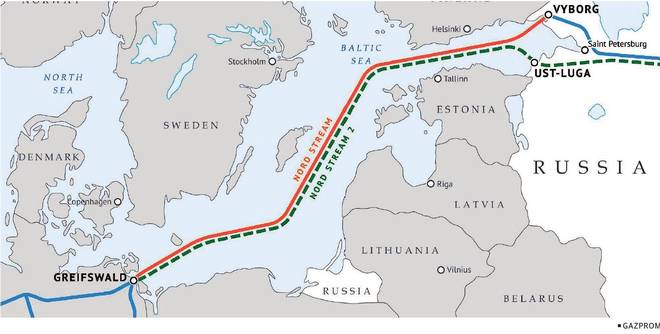The Nord Stream pipeline is back in the news following the renewed tensions between the West and Russia over Ukraine.

Reference
Union Minister for Agriculture and Farmers Welfare said that a total of 21,86,918 farmers are enrolled in the Pradhan Mantri Kisan Mandhan Yojana.
Reference
The Prime Minister has remembered Pandit Bhimsen Joshi on his 100th birth anniversary.
Reference
Prime Minister will inaugurate the Statue of Equality, a gigantic statue of Ramanujacharya, on the outskirts of Hyderabad.
Reference
https://indianexpress.com/article/explained/ramanujacharya-statue-of-equality-explained-7754236/
A new study has examined the moon formations and concluded that only certain types of planets can form moons that are large in respect to their host planets.
Origin of Earth's Moon
Reference
https://www.sciencedaily.com/releases/2022/02/220201144027.htm